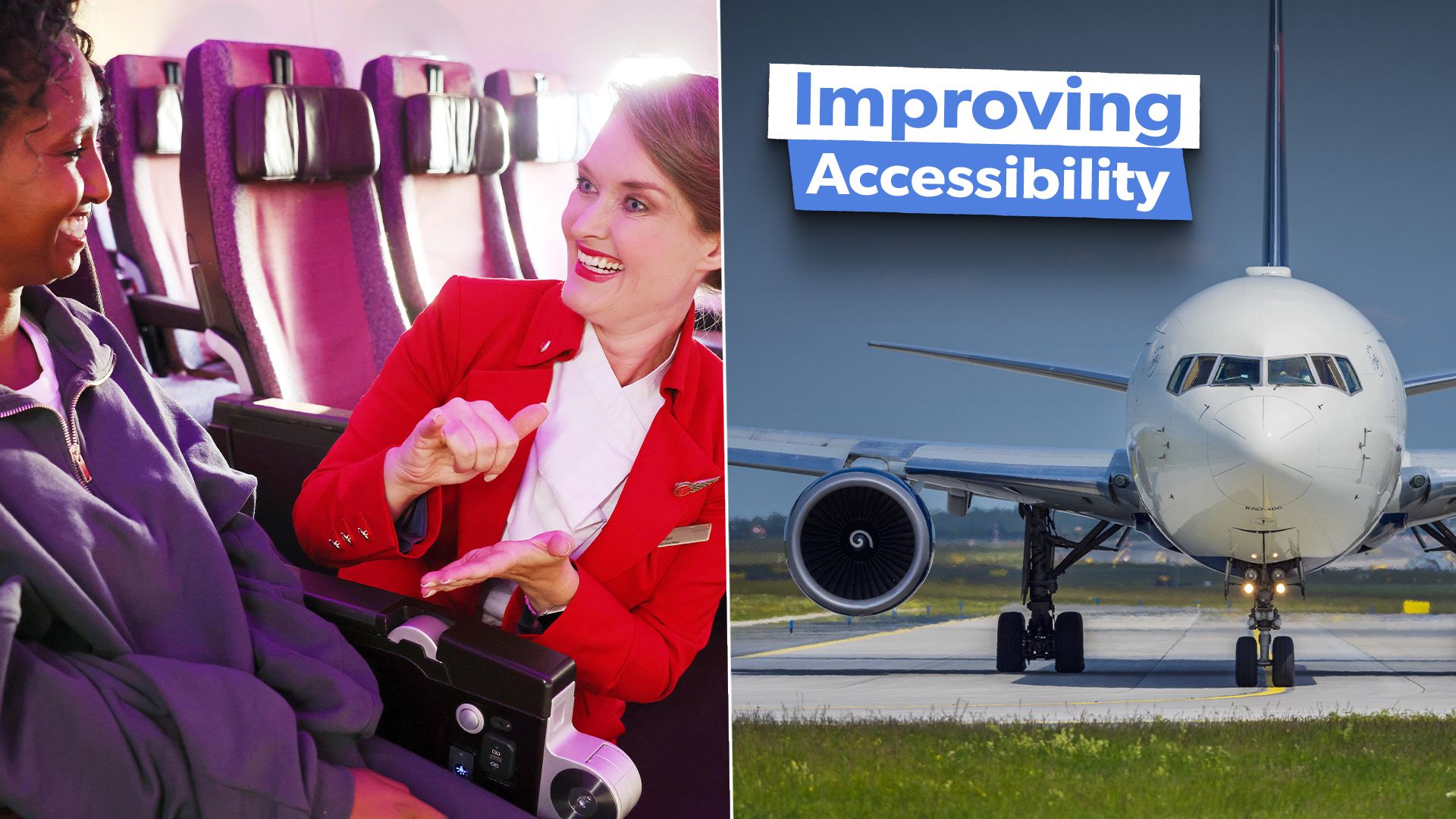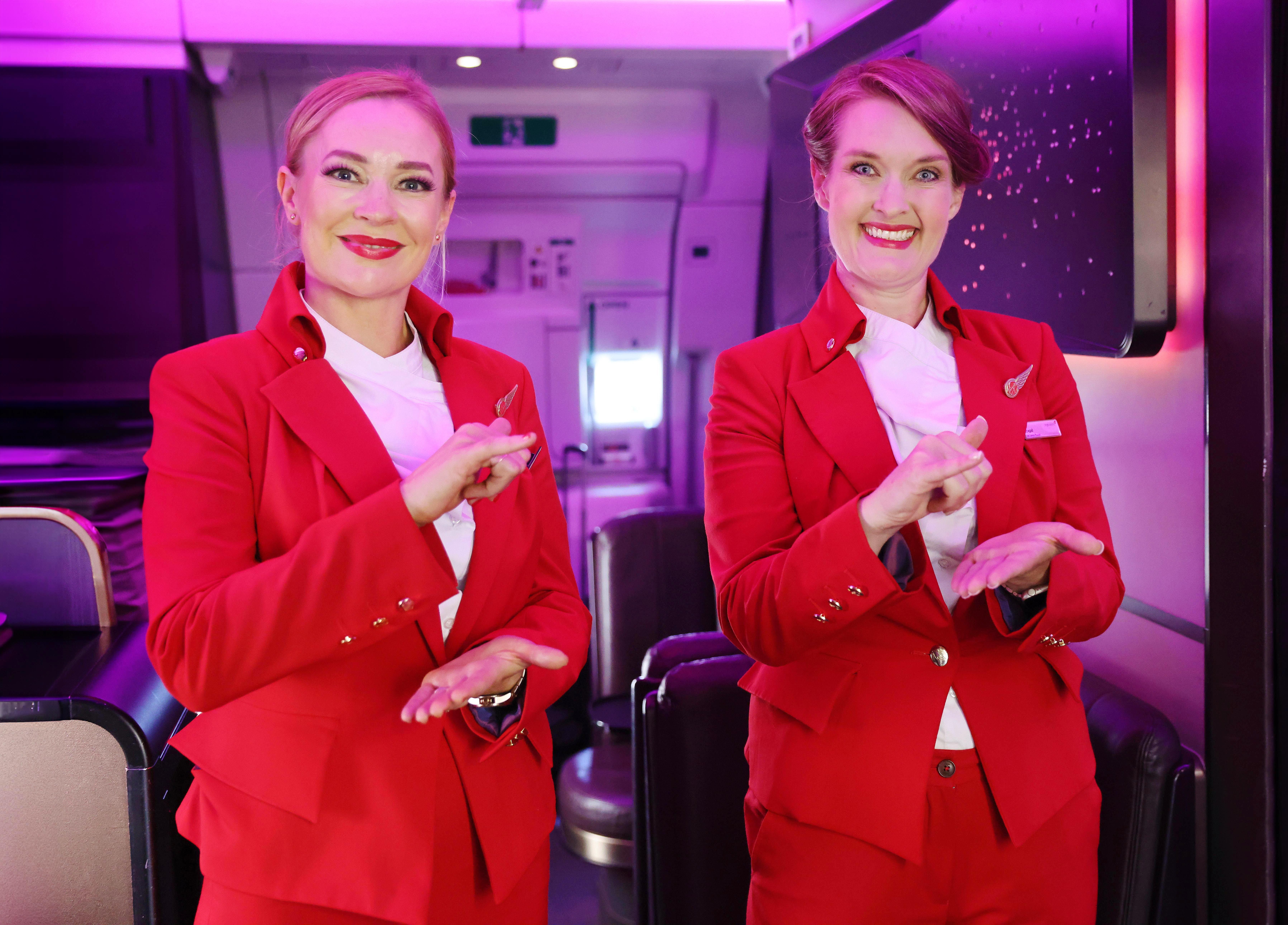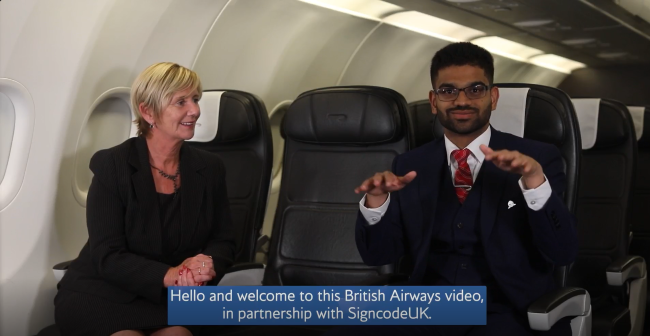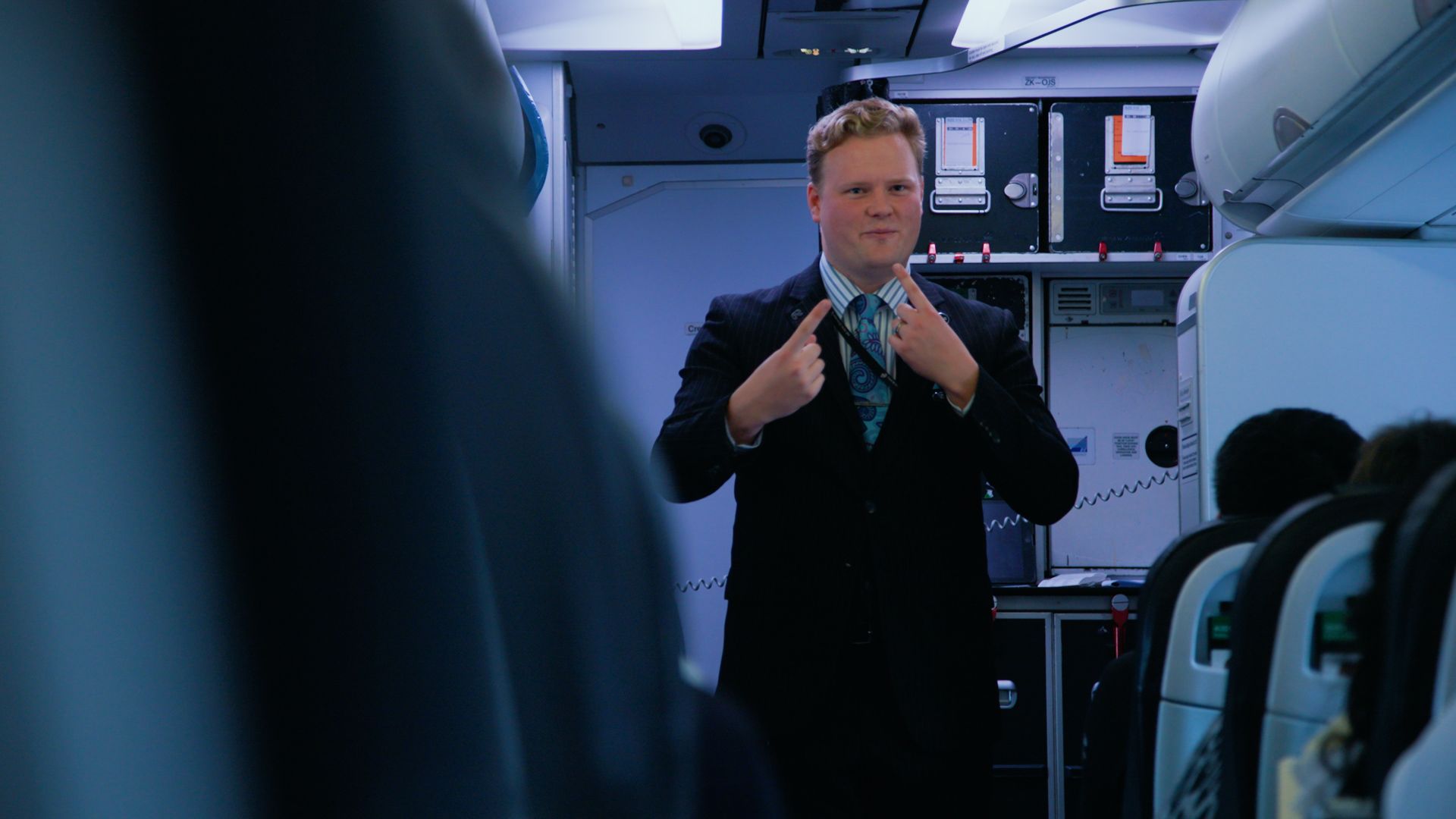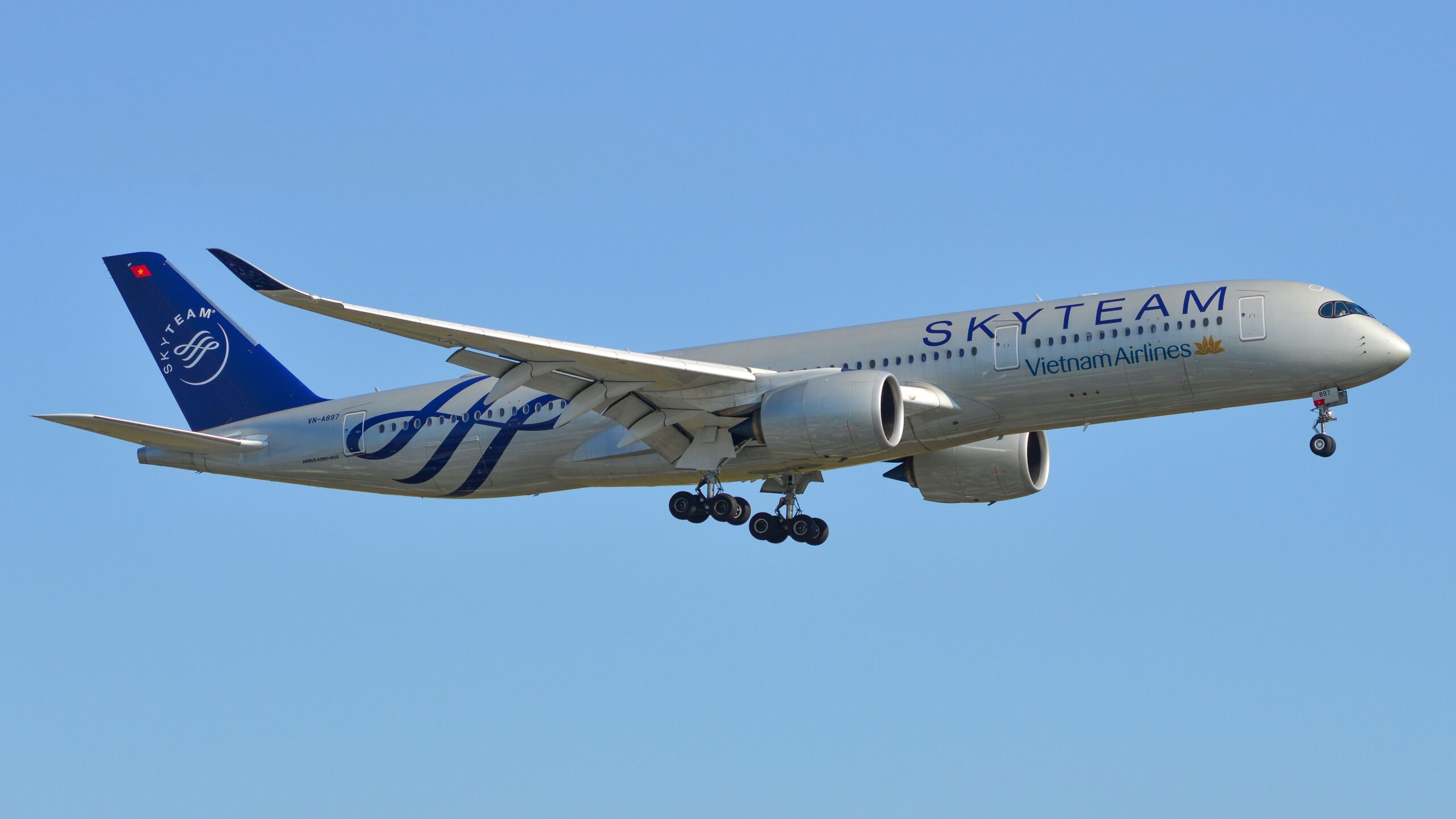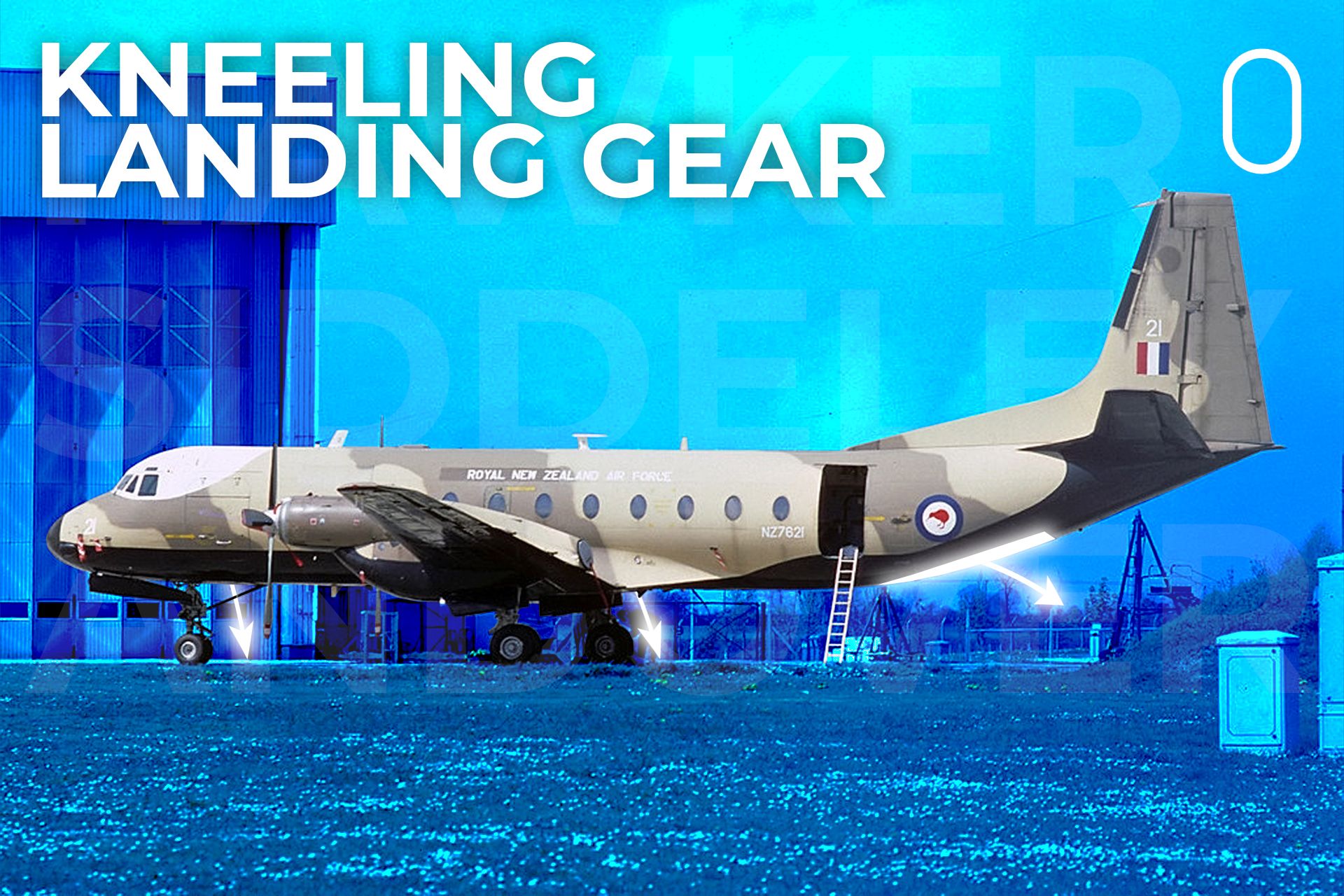Summary
- The airline industry aims for holistic accessibility collaboration.
- Airports and airlines use sign language to enhance deaf travelers’ experiences.
- Various airlines employ unique strategies, like BSL-trained crew, to ensure accessibility.
Accessibility requires significant collaboration among aviation industry partners. The International Air Transport Association (IATA) states that the travel industry is dedicated to enhancing accessibility for passengers with both visible and hidden disabilities.
The World Health Organization (WHO) has estimated that over 1.3 billion people live with some form of disability, which constitutes approximately 16% of the world’s population. Therefore, much progress is still needed to ensure the industry becomes fully inclusive. There have been instances where airline or airport staff have failed to accommodate passengers with disabilities adequately.
This article will focus on one specific area: how and which airports and airlines are using sign language to improve accessibility for deaf passengers.
1
Virgin Atlantic
The first in the UK to offer a British Sign Language (BSL)- trained cabin crew
Virgin Atlantic
has proven its commitment to deaf and hard-of-hearing passengers. Indeed, the airline is the first in the UK to offer a British Sign Language (BSL)- trained cabin crew.
Photo: Virgin Atlantic
To mark the International Week of Deaf People in September 2024, the British airline invited three special guests on a flight from London to Washington, DC. The goal was to evaluate how effectively the airline caters to the needs of deaf travelers and gather feedback from their experience.
The airline teamed up with deaf Gladiator star Jodie Ounsley and deaf twin content creators Hermon and Heroda Berhane to test its services on the transatlantic flight. To learn more about the initiative, check the Simple Flying coverage below.
In addition, passengers can request a trained BSL translator on Virgin Atlantic flights.
2
Gerald R. Ford International Airport
The airport tested AI tools to become more accessible
Gerald R. Ford International Airport (GRR) in Grand Rapids, United States, is one of the first airports in the country to test AI tools to provide videos in American Sign Language (ASL) about gate changes, flight delays, and other important announcements.
The AI tool implemented at the airport was developed by Signapse, a company specializing in AI-powered automatic sign language translation. Through the FLITE program, Signapse received grant funding to test its technology at Ford Airport.
According to Tom Cizauskas, Business Administration Manager overseeing FLITE, the airport stopped using the technology after the test concluded in 2023. However, they are currently collaborating with the company to develop the software further. It is worth noting that although the test phase concluded in 2023, GRR airport has since installed static ASL messages from Signapse in partnership with Art of Context.
3
British Airways
BA has unique QR codes with key travel info in a signed video form
In 2023, the British flag carrier implemented special QR codes onboard its aircraft, where deaf or hard-of-hearing passengers can access key travel information in signed video form, including the airline’s onboard safety briefing.
Photo: British Airways
This initiative was in partnership with SigncodeUK, an organization dedicated to ensuring equal access to information, products, and services for the deaf and hard-of-hearing community. SigncodeUK specializes in translating key information into signed videos.
According to the airline, approximately 150,000 people in the UK use BSL as their primary language. Commenting on this collaboration, Carrie Harris, Director of Sustainability at ![]() British Airways
British Airways
, said:
“This collaboration aligns with our ongoing commitment to ensure that all our customers have a seamless experience and can travel with confidence, with dignity and in comfort.”
4
Delta Air Lines
Delta’s uniforms include sign language options
![]() Delta Air Lines
Delta Air Lines
has become the first US airline to introduce a sign language bar worn beneath employee name tags.
These bars indicate which front-line team members are proficient in one or more of over 300 sign languages, helping to improve communication with passengers who use sign language.
According to the airline, this will help passengers and qualified employees notice when they use sign language as a common connection. Commenting on this initiative, Delta CEO Ed Bastian said:
“Our mission is to connect the world, which starts with making travel easier for all people. It’s a small step on our journey, but a powerful change as we seek to make the world a smaller, more inclusive place.”
5
Air New Zealand
The airline organized a special flight using NZSL to communicate with customers
In May 2024, Air New Zealand
marked the New Zealand Sign Language (NZSL) week with a flight where cabin crew used NZSL to communicate with customers, including signing the inflight passenger announcements and onboard service offerings.
Photo: Air New Zealand
Passengers on NZ421 from Auckland to Wellington were invited to try NZSL. Illustrated cards placed on seats showed signs for everyday inflight items like “water,” “cookie,” and “lolly.” All five flight attendants on the flight had at least a basic understanding of NZSL.
Although this initiative highlights the ongoing challenges in achieving full accessibility, Air New Zealand offers a range of services to support Deaf and hard-of-hearing passengers. Travelers can contact the airline via the New Zealand Relay Service using New Zealand Sign Language (NZSL), Text or Caption Relay, and TTY services.
Airport staff and cabin crew are available to help with information onboarding times, departure gates, and meal services, while onboard safety videos include captioning for added accessibility.

